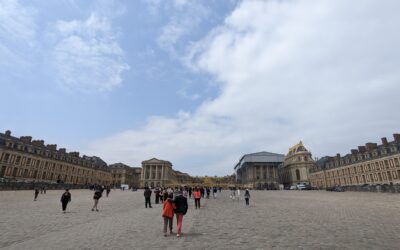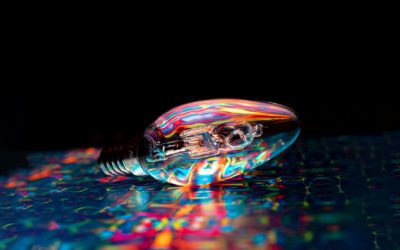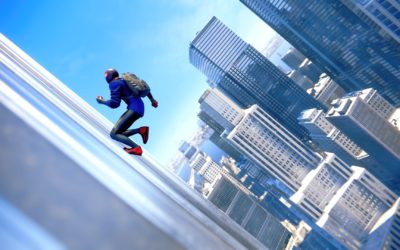I never felt very good at photography. Sure I understand a camera well enough to pick it up, toy with some settings, and take a decent image. Hell, it’s possible that some of them are even really solid. Great, even. But the crucial part is that I don’t feel very good at it.
It’s something I’ve worked on over the years. Then there’s the litany of excuses: My equipment isn’t the best, I need to get a full-frame sensor, lighting is hard, it’d be easier if I had more friends to collaborate with or subjects to shoot. I know that these are excuses. I know that I can get better with what I have. There’s just something about that weird balance between how much time I have available, how much passion I have for photography, and how much work it feels like I need to do to truly appreciate my own stuff.
And it’s quite possible that it’s largely just a self-acceptance thing. Instead of comparing myself to all of the people out there doing amazing things, who always make me go “whoa”, maybe I just accept that my eye is my eye and there’ll be people out there who dig it. Or, conversely, maybe I accept that “making art” isn’t for me.
I really don’t know the answer to that question.
In the meantime! There’s this thing called virtual photography. As game engines and computing resources have become more and more powerful, and better and better at abstracting difficult processes into simplified interfaces, the emergence of photo tools in video-games has become more prominent.
Tear me away from this stuff, I dare you. I can’t get enough.
The Mechanics
For anybody who doesn’t know, film and digital photography have some very base components to how they work:
Aperture
This is how wide or narrow the opening of your camera’s lens is while you take your shot. The wider it gets, the more light you’re letting in to expose your image. Also the narrower the plane of focus, which allows you to achieve those lovely blurred-out effects (bokeh).
Shutter speed
This is how long your lens’ aperture stays open to capture the shot. The longer it stays open, the more light you collect, but also the longer the period of time captured. This can be the difference between a crisp, sharp image or one with blurred elements. Depending on the nature of your shot, either can sing.
ISO
This used to be called film speed, and has to do with how sensitive your camera’s sensor (or film) is once exposed to light. The higher the number, the more exposed the shot will be. You can use ISO to dial in your exposure while maintaining creative choices in your other settings.
That’s about it. With those three things you have a wide array of creative options to shoot the images you’d like to see. And with recent photo modes, you can see these options and more. But what about stuff that isn’t in the camera?
The Subject
For me, this area gets tricky. It’s also one of the reasons that virtual photography fascinates me. Because, at the end of the day, I’m shooting pictures in a video-game. Right? A collaborative effort of dozens of teams and hundreds of hundreds of people. Designers, environmental artists, modelers, illustrators, even the people who created the tools that allow me to take control of an in-game camera to shoot the pictures!
So at what point does someone else’s art become my art?
Speaking only for myself, I try to stay away from taking photos where the environment is already clearly framed. Or in-narrative shots where the camera is locked off. As far as I’m concerned, that’s photography or cinematography that’s already been produced. And even if I spy a shot, freely, on my own – how much of that is informed by the baked-in lighting? The carefully designed and curated environmental design?
It’s ultimately a matter of feel. The more I feel a shot is most-of-the-way “complete”, the less inclined I feel to shoot it. In games like Spider-Man: Miles Morales where I’m given powerful control over staged lighting (and even natural lighting conditions) – I often dramatically lower the exposure to remove much of the existing scene. Then I place my lights, play around, and see if I can’t find something all my own.
For the rest of it, I can forgive myself some of the beautiful, crafted design, because is it really all that different from taking pictures of a well-lit building? Someone who’s been professionally costumed? Which brings me to the coup de grace of virtual photography…
The Difference
Finish tonight.


